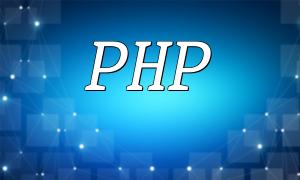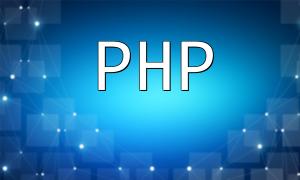<article>
<h3>PHP Data Filtering Guide: Practical Techniques for Handling Invalid Input</h3>
<p>When developing web applications, user input is often unreliable and poses a risk if not properly handled. Unfiltered input can lead to serious security issues such as XSS or SQL injection. In this guide, we’ll explore common data filtering methods in PHP with practical code examples to ensure your applications remain secure and robust.</p>
<h3>1. String Filtering</h3>
<p>Strings submitted by users may contain HTML tags or malicious scripts. To prevent cross-site scripting (XSS), PHP’s <span class="fun"><a href="/en/php/htmlspecialchars.html" target="_blank">htmlspecialchars()</a></span>When dealing with numbers, it’s crucial to ensure the input is valid and within an expected range. PHP provides filter_var() with FILTER_VALIDATE_FLOAT or FILTER_VALIDATE_INT to validate numeric values effectively.
Example:
$input = "3.14";
$filteredInput = filter_var($input, FILTER_VALIDATE_FLOAT);
if ($filteredInput !== false) {
if ($filteredInput >= 0 && $filteredInput <= 10) {
echo "The number is between 0 and 10.";
} else {
echo "The number is out of range.";
}
} else {
echo "The input is not a valid number.";
}
Email validation is essential for features like registration or login. PHP offers a built-in filter FILTER_VALIDATE_EMAIL to check whether an input string is a properly formatted email address.
Example:
$input = "example@example.com";
$filteredInput = filter_var($input, FILTER_VALIDATE_EMAIL);
if ($filteredInput !== false) {
echo "The input is a valid email address.";
} else {
echo "The input is not a valid email address.";
}
When users input URLs, it’s important to ensure they follow proper formatting. PHP provides the FILTER_VALIDATE_URL filter to confirm the validity of a URL.
Example:
$input = "https://www.example.com";
$filteredInput = filter_var($input, FILTER_VALIDATE_URL);
if ($filteredInput !== false) {
echo "The input is a valid URL.";
} else {
echo "The input is not a valid URL.";
}
Data filtering is a crucial aspect of web development that should never be overlooked. Using built-in PHP functions like htmlspecialchars() and filter_var(), developers can efficiently validate and sanitize user input, reducing the risk of injection and security breaches.
In real-world projects, always tailor your validation logic based on the specific security requirements and business rules. A layered validation strategy, including frontend checks, backend filtering, and database sanitization, provides the strongest defense against malicious input.




